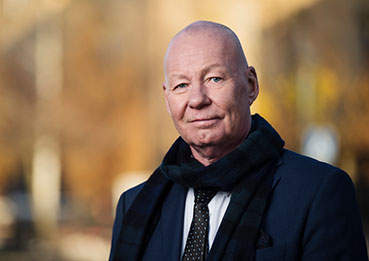The debate article attracted a lot of criticism and the Minister’s Saturday radio interview probably didn’t help . Everyone seems to be wondering how this is supposed to happen. Should the government go in and control the supply at each university in detail and actively point out which parts of the supply should be removed? If so, this would be an unprecedented micromanagement and a level of control that would be almost impossible to implement.
On the other hand, the government can do pretty much what it wants. If it wants to micromanage, it can do so; if it wants to express goals for each higher education institution, it can do so; if it wants to move financial resources on a flat-rate basis from one higher education institution with a high proportion of courses to another higher education institution with a higher proportion of programmes, it can do so and hope that the outcome will be a lower proportion of courses and a higher proportion of programmes.
Within the framework of a major change programme, Future Education, KTH has formulated overall principles to guide our change work and has also launched a number of development projects to realise these. We have also recently decided on the direction of the review of our programme offering, which will lead to a prioritisation of urgent projects for programme development during the year.
It is important that we can work with all tools when doing this. And as some of my colleagues write in a opinion piece that many of our societal challenges require an interdisciplinary approach https://www.dn.se/kultur/kth-professorer-stall-inte-olika-kunskapsomraden-mot-varandra/ (In Swedish).
We need to define the technical subject knowledge to be conveyed and add sustainability and gender equality perspectives. Ethical and policy issues also need to be included when equipping future engineers to solve all the intractable problems that await them in their professional lives.
We are basically a programme-intensive university, but in recent years we have developed an increasing range of independent courses as part of our efforts to develop our contribution to lifelong learning. It is essential that we are free to assess and shape our provision in terms of programmes, at different levels, and courses without being constrained by governmental micromanagement in this regard.
It must be the responsibility of each university to put together an offer that meets the demand of the students and the requirements of the labour market, and then we need to be able to use both programmes and courses.
My hope is that we can continue to be given this responsibility and that we can also have a dialogue with our clients about how we can best contribute to what Sweden needs in the future from a higher education institution like ours.

